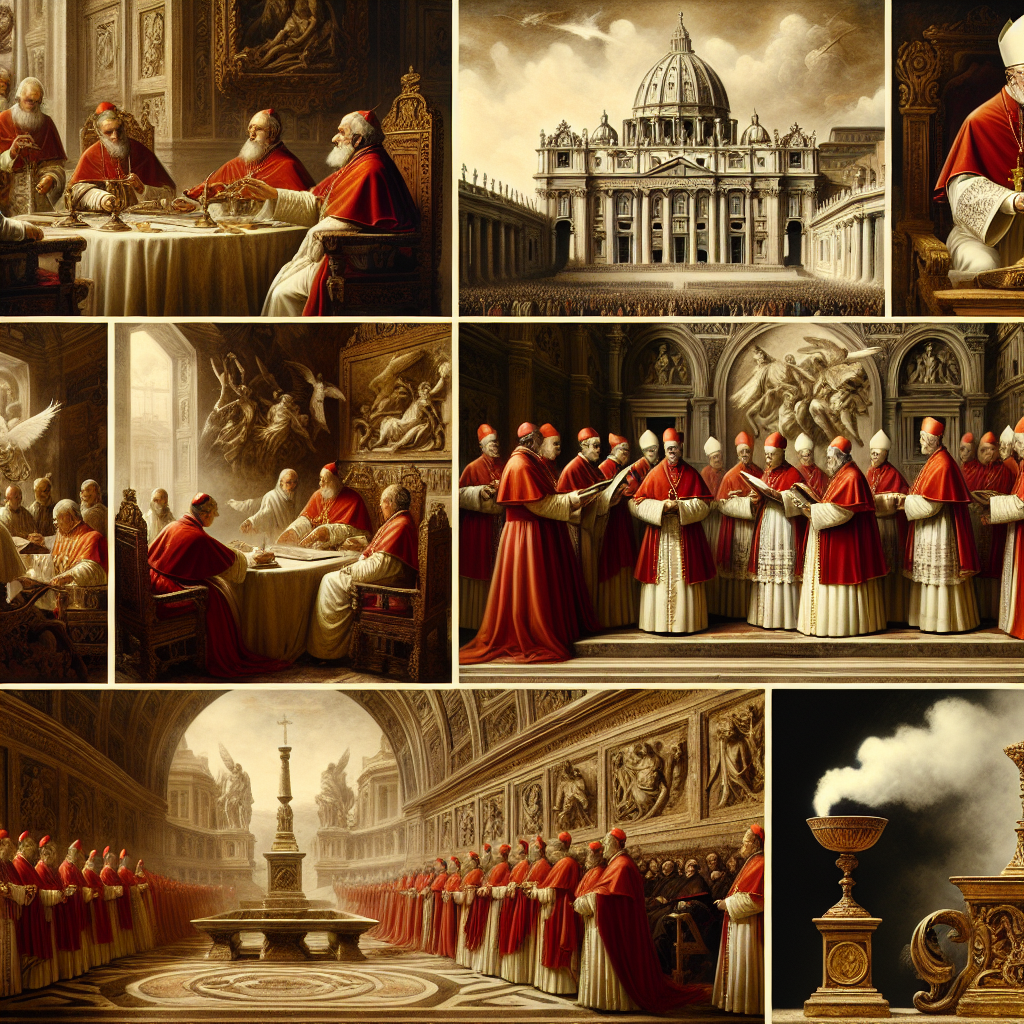‘Artistry and Espionage: Unveiling the Papal Election Process’
Artistry and Espionage: Unveiling the Papal Election Process
Introduction to the Papal Election
The papal election, a process steeped in tradition and secrecy, is a fascinating blend of religious ritual and political maneuvering. This intricate procedure, known as the conclave, is responsible for selecting the leader of the Roman Catholic Church, the Pope. The process is not only a spiritual journey but also a complex interplay of artistry and espionage.
The Conclave: A Sacred Tradition
The conclave is a centuries-old tradition that takes place in the Sistine Chapel, where cardinals from around the world gather to elect the new Pope. This sacred event is characterized by:
- Secrecy: Cardinals are sworn to absolute confidentiality, with strict measures in place to prevent leaks.
- Rituals: The process is rich with religious ceremonies, including prayers and masses.
- Symbolism: The use of smoke signals to announce the election outcome—white smoke for a new Pope, black for no decision.
Espionage and Intrigue
While the conclave is a deeply spiritual event, it is not devoid of political intrigue. The election process involves:
- Strategic Alliances: Cardinals often form alliances to support candidates who align with their vision for the Church.
- Intelligence Gathering: Despite the secrecy, information about potential candidates and voting tendencies often leaks, leading to speculation and strategic adjustments.
- Influence and Power: The election is a battleground for different factions within the Church, each vying for influence over the future direction of Catholicism.
The Role of Artistry
The setting of the conclave, the Sistine Chapel, adds an element of artistry to the election process. The chapel’s stunning frescoes, including Michelangelo’s iconic ceiling, provide a backdrop that underscores the gravity and beauty of the event. This artistic environment serves as a reminder of the Church’s rich cultural heritage and its role as a patron of the arts.
Conclusion
The papal election process is a unique blend of artistry and espionage, where sacred traditions meet political strategy. It is a testament to the complexity of the Catholic Church, reflecting both its spiritual mission and its worldly challenges. As cardinals navigate this intricate process, they shape the future of a global faith community, balancing the weight of history with the demands of the present.













